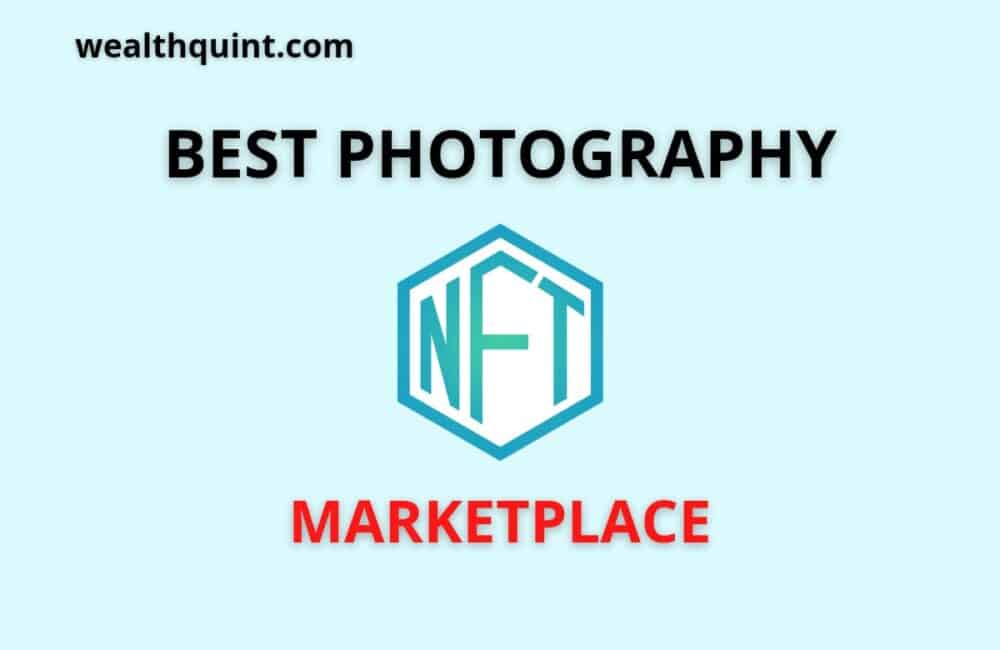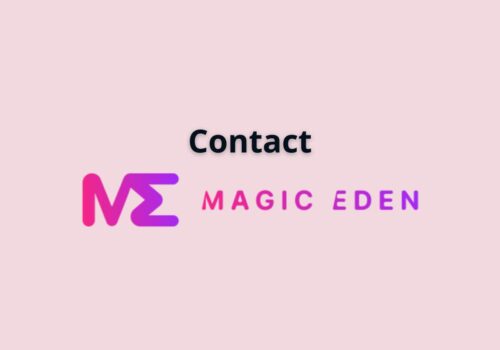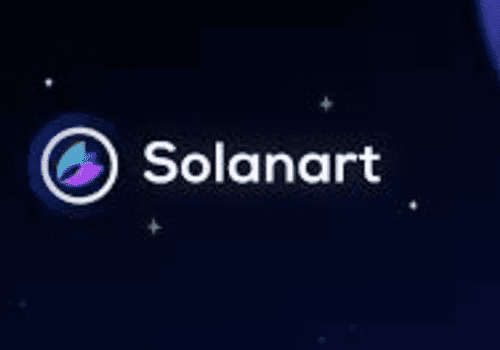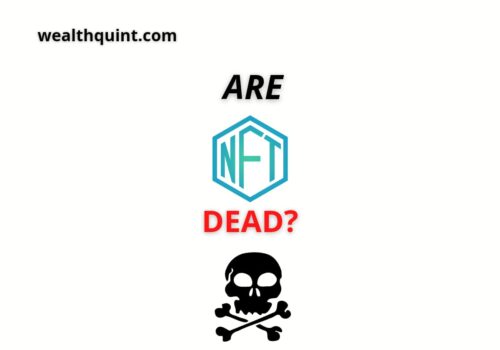Introducing the photography NFT marketplace has fundamentally altered our view of photography and storage. Physical photos were all the rage only a few years ago.
Anyone can use photographs taken from your hardcopy photos, but you stay in ownership of the images. Photo ownership has become more contended as technology has become more advanced.
Photographers who took or owned the photographs received little or no credit for them. The photography marketplace at NFT aims to rectify this problem. Blockchains guarantee authenticity and openness due to their integration.
Even if many people screenshot and share your photos, you remain the owner and can transfer the rights to those images.
Since NFTs have risen so dramatically, there is an overabundance of NFT marketplaces where photographers can sell and buy their digital creations.
Photography NFTs, are held in a virtual gallery by investors who resale them in the future at a profit after purchasing them.
NFT photography operates on the same principles as stock photography, except that it is based on the cryptocurrency market, and both sides – producers and investors – stand to gain financially.
Selling their work online as a creator is far more advantageous than staging an exhibition in a traditional art gallery in the digital age that we now live in. Similarly, investing in NFTs has grown considerably more popular than purchasing physical items such as wall paintings.
What Is Photography NFT?
NFT photography can be referred to as a unique, verifiable asset traded on the blockchain. By simply uploading their photos onto an NFT photography marketplace, photographers can sell them to investors on the blockchain.
Investing in photography NFTs, on the other hand, can be a way for investors to hold onto them in a virtual gallery and ultimately resell them for a profit in the future.
NFT photography functions similarly to stock photography, except both the creator and investors can profit financially.
Top 13 NFT Photography Marketplaces
1. Nifty Gateway
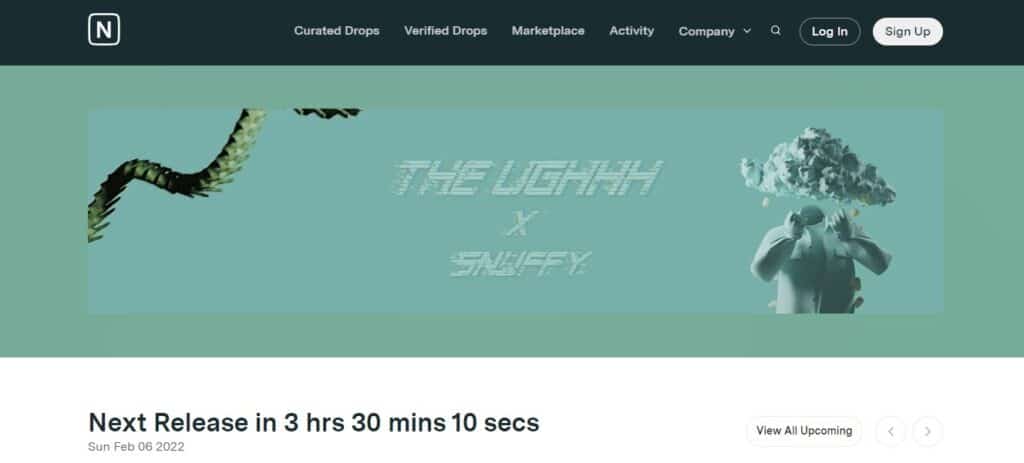
Nifty Gateway is among the best photography NFT marketplaces to consider if you’re just starting. Some celebrities are on the platform, although it’s not as famous as OpenSea or Foundation.
There are many musicians like deadmau5 and Carl Cox who advertise their investments on social media such as Twitter and Instagram and Gramatik.
NFTs made by Beeple for over $6 million are among the most famous NFTs on the platform. Taking care of gas fees is one of the greatest advantages of Nifty Gateway, as it leaves no money on the table for creators and collectors.
As a result, investors will be charged gas fees when transferring NFTs to the platform.
2. Rarible
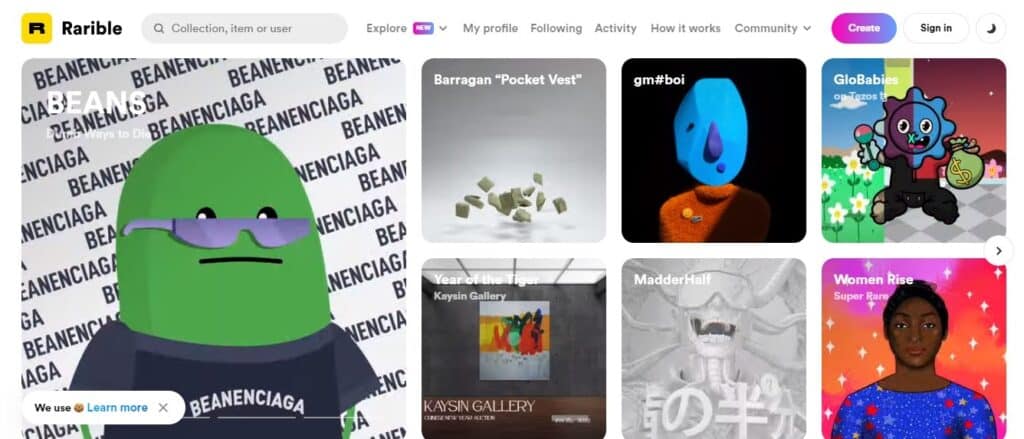
Rarible’s NFT marketplace owners use the ERC-20 token RARI to perform transactions. Rarible rewards users who engage in activity on the NFT marketplace with RARI tokens for buying and selling.
Each week, it distributes 7.5K tokens to the public. There is a strong focus on art assets on the platform. Through Rarible, creators can create and sell non-fungible tokens (NFTs) – whether music, books, digital art, or movies.
Visitors to Rarible will be able to see a peek of the creator’s creation, but only the purchaser will see the final product.
3. OpenSea
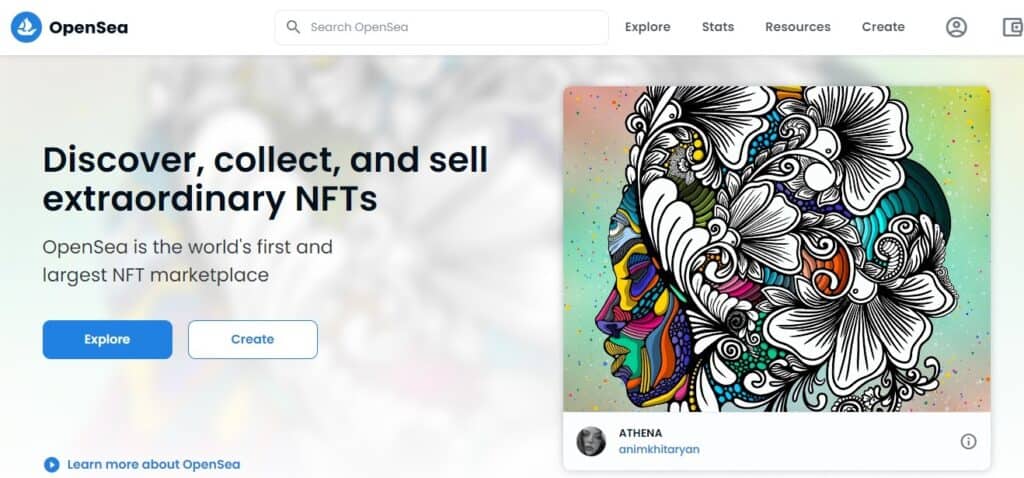
Featuring over four million items and 200 categories, OpenSea declares itself as the largest NFT marketplace for photography.
In addition to its simple onboarding process, the marketplace provides tutorials on selecting the best crypto wallet, navigating the market, and other topics for new users.
OpenSea gives sellers the option to create their storefront to display their items, a feature not available on any other non-traditional trading platform. OpenSea is crowded with so many competitors that it could be difficult for you to stand out.
4. Mintable
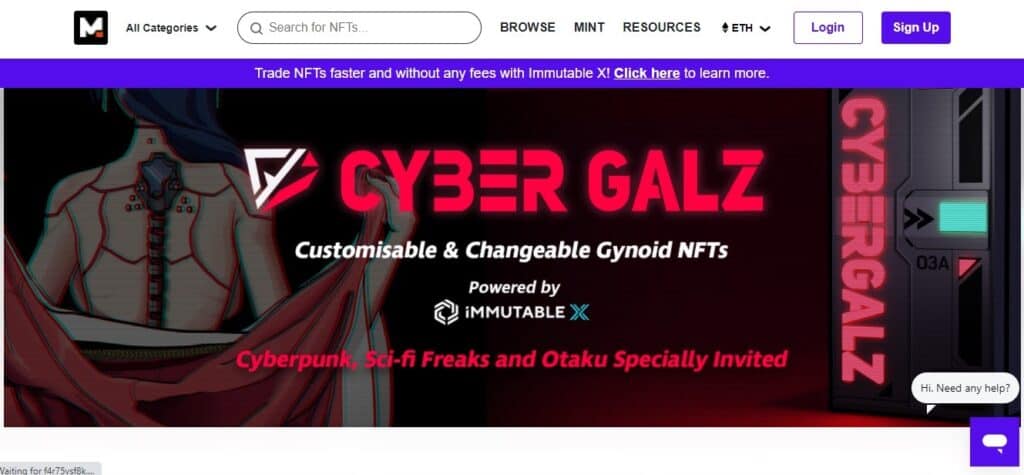
The Mintable marketplace contains a greater amount of photography than other NFT marketplaces. This inexpensive option goes over the top of the photographer’s store.
This means that it has no gas fees, resulting in lazy minting. It has its governance token, “MINT.” Mintable users can earn MINT as part of their earnings.
New users might not find it easy, but beginners will love it. It uses the ERC-721 token. Most photographs are purchased through auctions, usually through “buy now” options.
5. Zora
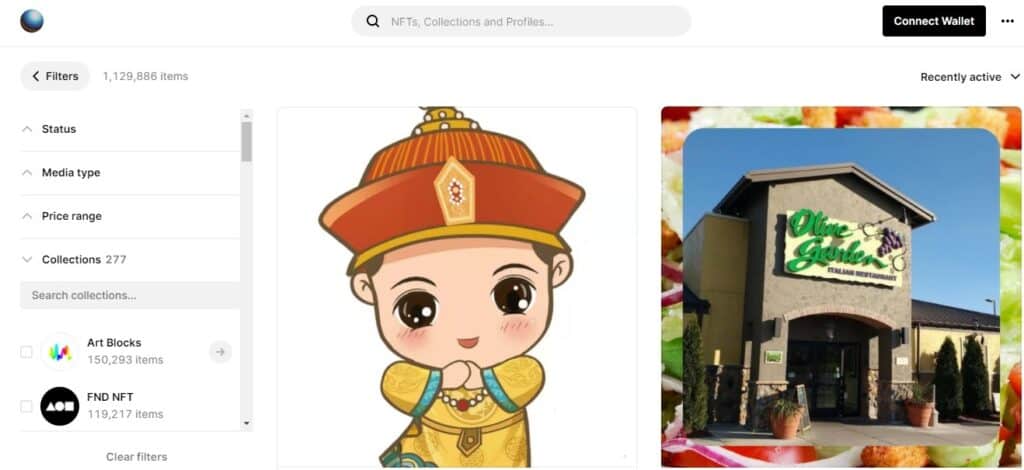
Zora selection is a tremendous flex for the photographers in the NFT marketplace. It allows them to explore the market more deeply.
This platform is a little too versatile since other NFT photographers can be contacted. The simplicity of its use enables the photographers to enjoy the simple UI employed on their site.
6. MakersPlace
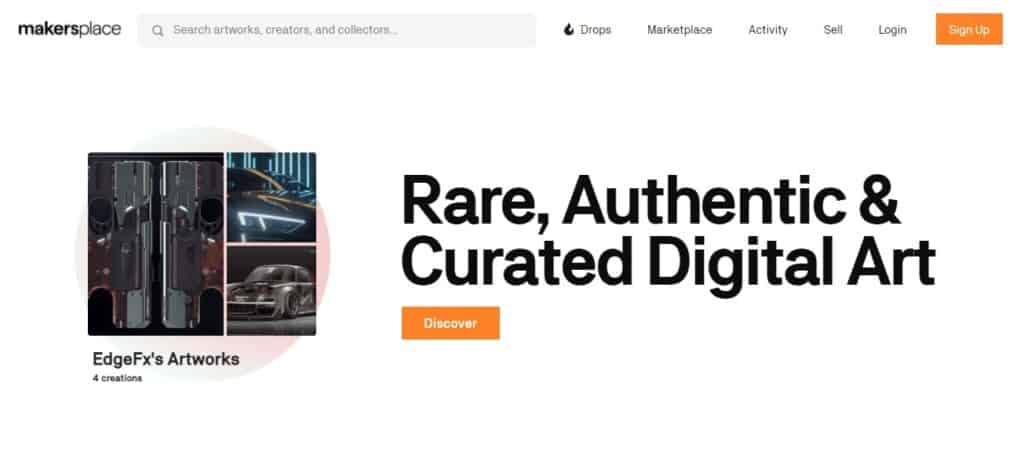
MakersPlace is an Ethereum-based platform that facilitates NFT and has operated since 2018. From that moment forward, untold numbers of artists have shared their artworks in editions of one or more.
Both unknown and famous artists have created photographs and tokens. Makersplace is home to Dreamonaut, Dmitri Cherniak, Frenetik Void, and Yura Miron.
In comparison to other platforms, Makersplace charges a much higher fee. There is a 15% service fee and a 12.5% for each type of sale on the site.
The platform charges these fees, and the Ethereum network charges its transaction processing fee. You should estimate an additional $150 or more for gas fees if you spend $1,000 on an NFT.
In addition, Makersplace offers a unique feature compared to other platforms: the ability to pay with either a credit card or PayPal, rather than only by cryptocurrency wallets.
7. Portion
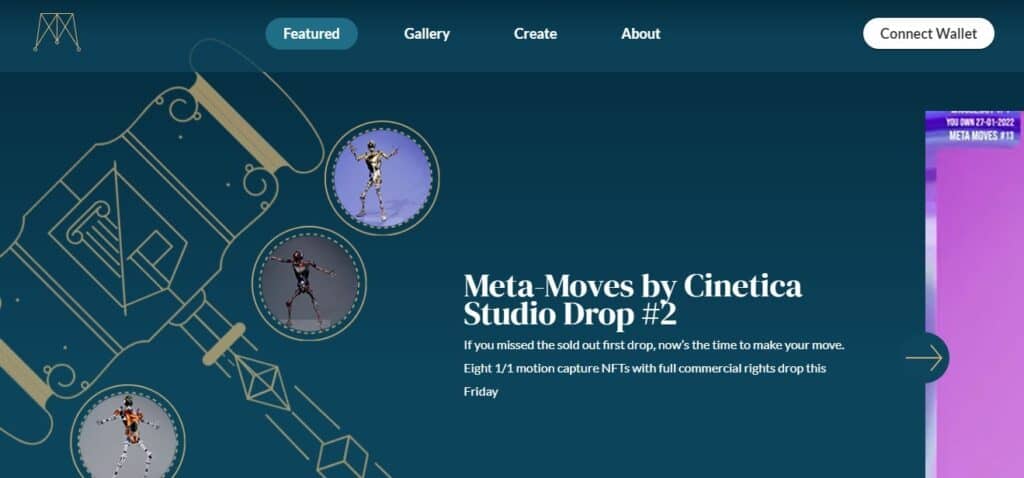
Artists can sell their work on this Portion of NFT Marketplace For Photography and retain 100 percent of the sales proceeds. Ethereum tracks ownership on its Blockchain, and automatic ownership transfers are handled without a middleman. With many creators and their works available on the platform, Portion’s established community of collectors is sure to be intrigued. Portion requires creators to complete an application process to demonstrate their portfolio. Through Portion, you can gain equal exposure to collectors over a longer period than the rest of the site’s approved creators.
8. SuperRare
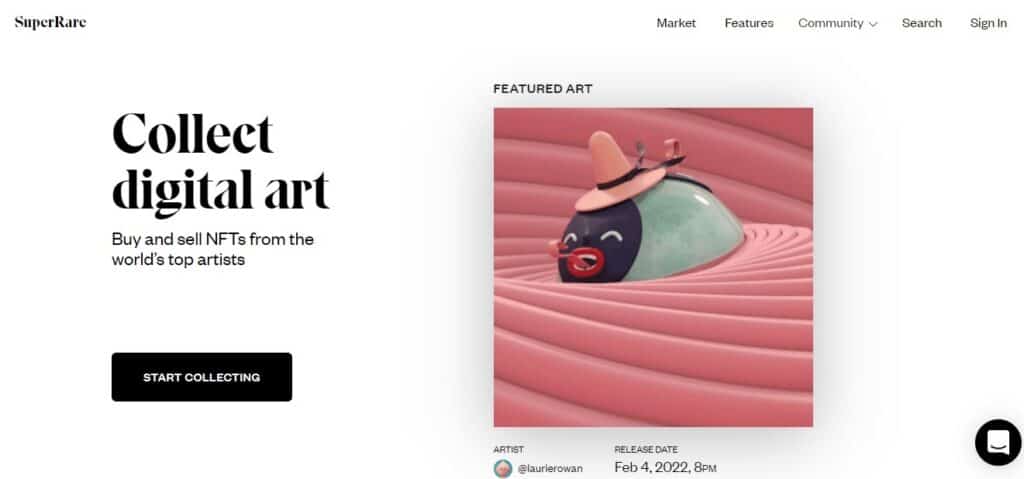
SuperRare’s primary purpose is to serve as a kind of NFT Marketplace For Photography where people can buy and sell unique and limited-edition digital artworks.
Tokenized artwork is authentically created by each member of the community and can be owned and traded between members of the community.
Using SuperRare, you can create a digital collectable or an object that can be encrypted and tracked through Blockchain technology.
SuperRare’s marketplace is complemented by a social network for its users. Due to the transparency of ownership of digital collectables, they make good choices as social items.
Ether, the network’s native cryptocurrency, is used for all transactions on the Ethereum network. SuperRare is currently working with a limited number of carefully curated artists, but you can submit your artist information for consideration by filling out the form on the website.
9. Quantum Art
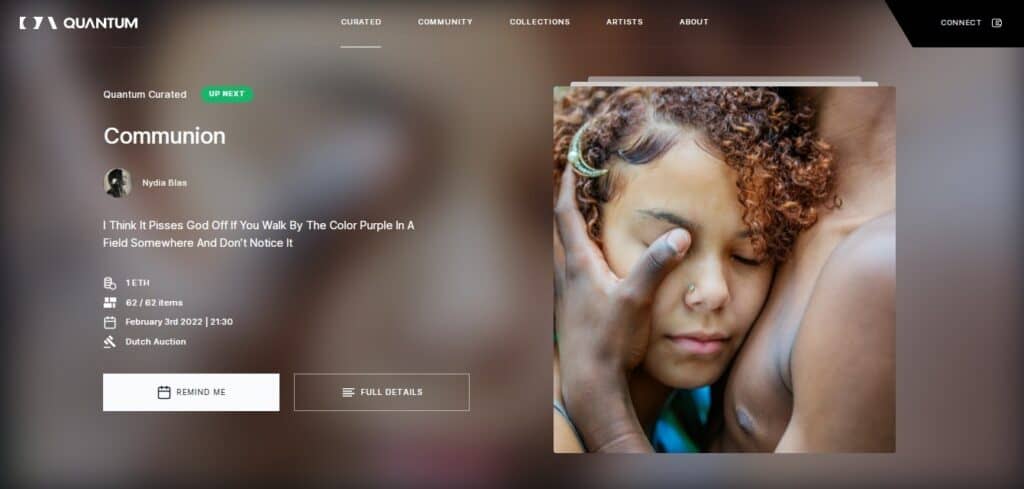
Quantum Art is the most popular platform for photographers working in the NFT photography marketplace. The most significant difference between Quantum Art and OpenSea is that not everyone can mint NFTs on Quantum Art; instead, only approved artists can do so.
There are now 14 photographers who have registered on the platform, with additional applications being submitted daily. To apply to sell on Quantum Art, you will need to provide the following information:
- User’s Twitter username
- User’s NFT portfolio
- A project description
- 10 to 15 JPEGs that the user would like to sell
- An artist statement and resume
Additionally, Quantum Art sells unique photos on OpenSea for tens of thousands of dollars. Quantum Art relies on this process in order to remain a leading and unrivaled marketplace for NFT photography.
10. Obscura
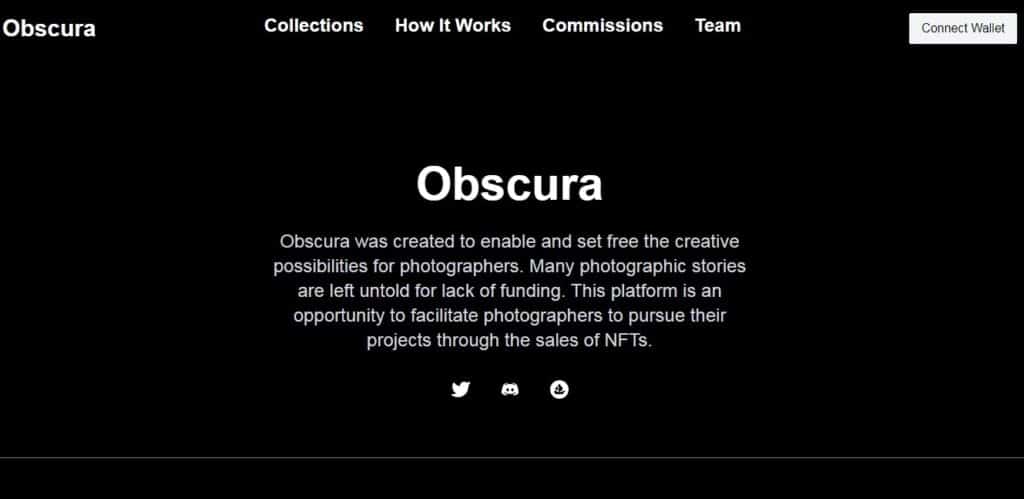
Obscura is yet another undiscovered gem in the NFT photography industry. Even though only a few hundred NFTs are offered each year on this platform, they’ve created something really special.
They operate on a four-month cycle, and, like Quantum Art, they select the photographers and the photographs that will be offered for sale on the platform each month.
Among the pieces of artwork available are artistic and dramatic photographs of the ruins of Kabul, Afghanistan, and breathtaking pictures of the Salar de Uyuni and the Coca fields in Colombia, among other things.
11. Ephimera
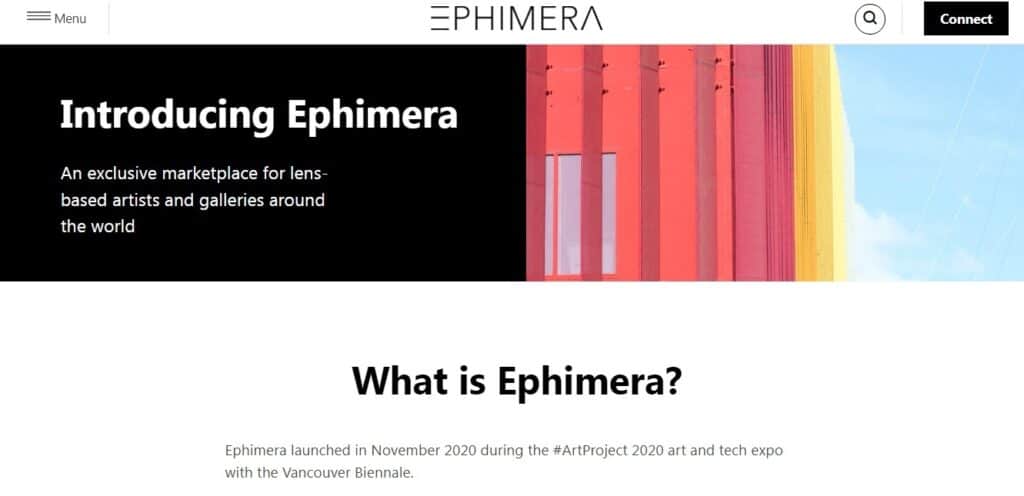
Ephimera is a dedicated site for purchasing and selling NFT photography and video art. It is unnecessary to receive an invitation to participate in Ephimera as a creator.
On the other hand, Applications are only accepted at specific periods, so users need to watch Ephimera’s social media accounts to find out when the next round of applications will open.
For purchasers, the application process is, of course, far less complicated than it is for sellers. It is preferable to post their works as high-resolution files as users mint their NFTs rather than unlocking additional content off-site after a bidding session.
It is only possible to mint one-of-a-kind artworks, not editions. However, it is conceivable to produce a sequence of thematically related paintings.
Ephimera retains 10% of the proceeds from an artwork’s direct sales, with the remaining 90% going to the artist. All secondary market sales are subject to a 5 percent platform fee, with the remaining 10 percent user.
Because the work produced on this platform is often rather excellent, applicants should expect a competitive application process.
12. TUX ART
Tux Art is the new kid on the block, and it’s going to be around for a while. Although it is a small platform with only a few NFTs available, the images on display are true works of art.
The most notable is “Volcan de Fuego,” which can be purchased for 7ETH, and Taranaki Dreams, which can be bought for 6.5ETH approximately $21,600.
And there are many more such as photographs of national parks and glaciers from across the world and photographs of landscapes and other subjects from all over the world.
Notably, Tux Art is a decentralized market, and the company advises its customers to gather and sell at their discretion.
13. Unique One Photo

Unique One Photo focuses primarily on photography. Rather than being compensated for market contributions, photographers make handsome profits from this marketplace.
The buyers gain a 2% commission. Since this marketplace is new to the cryptocurrency world, it will demand more photographers, aiding in its success.
As a result, photographers are given a significant opportunity because the platform must fly before it loses its wings. In its search engine, it mentions that it has a photographic department. It has a unique style of photography.
Conclusion
The NFT Marketplaces indicate a realistic alternative for photographers who wish to stand out and achieve success in their fields of expertise.
Any of these platforms can be picked, and they have all been shown to be incredibly lucrative. True to its name, the NFT trend has taken over the Internet and is spreading rapidly. Non-fungible tokens cannot be exchanged for other tokens.
Unlike trading cards, they cannot be replaced after trading. Since their inception, NFTs have been adopted in a variety of applications.
NFTs are now being used on a regular basis. In recent years, it has gained widespread acceptance.

